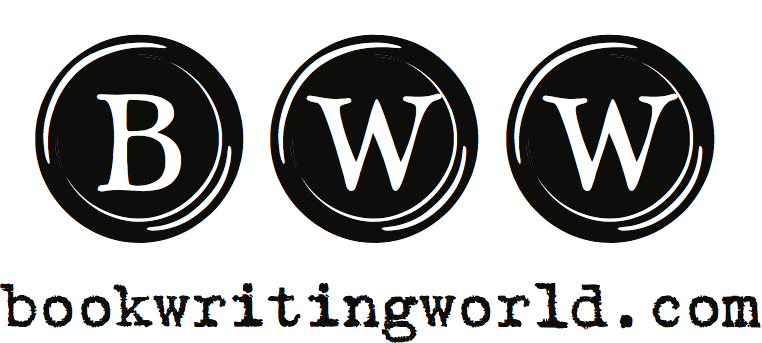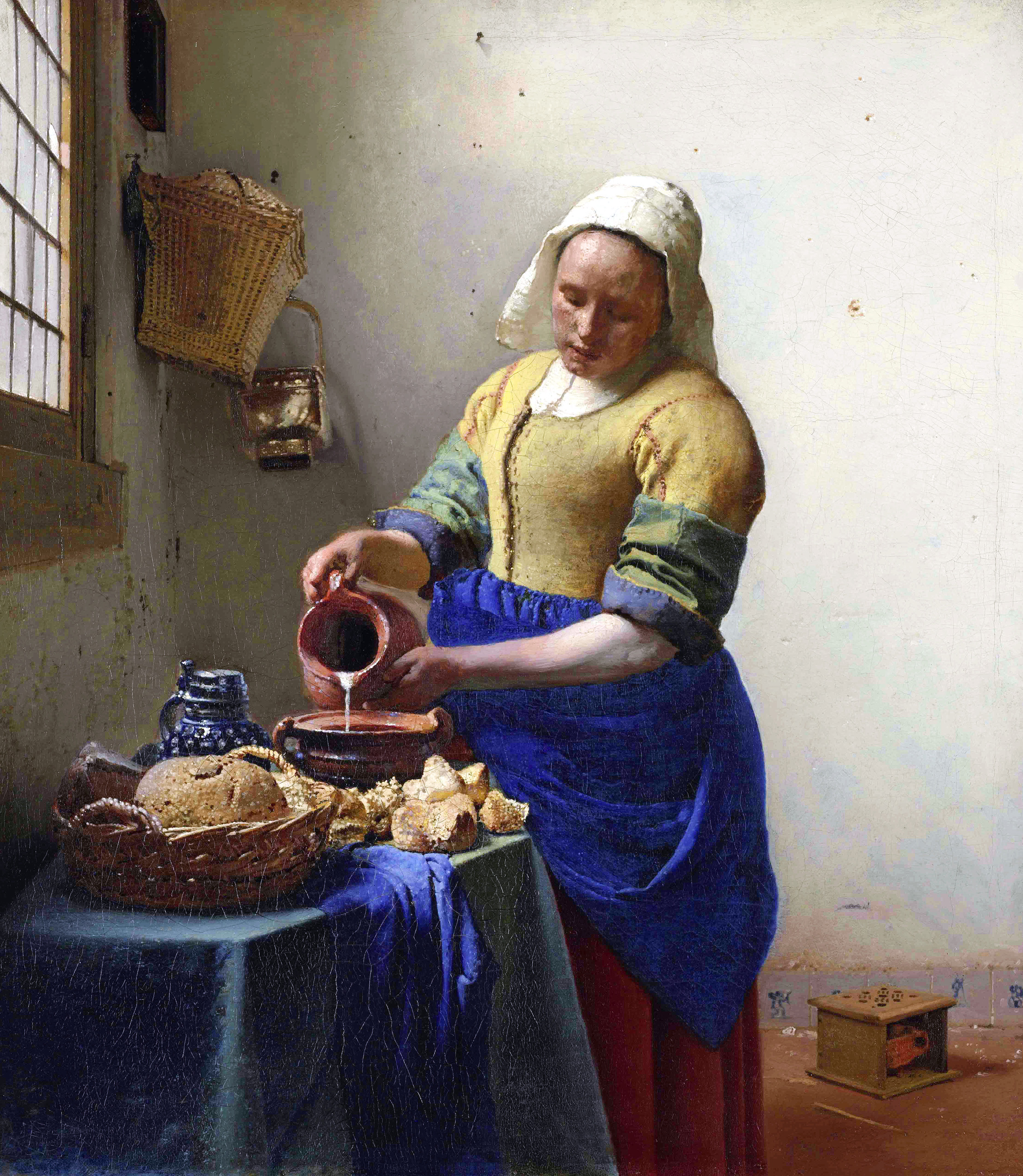One mistake that newer writers often make is putting the reader in whiteboard world, one that is not particularly clear or worse completely absent. The voice might strong, the interiority VERY strong, the dialog sparkling and witty. And setting — gone. I can’t say why this happens for sure, but I suspect part of it is that new writers, like kids on a telephone, assume that the person on the other end of the communication can see what they see. Cute in a child, frustrating in a story. Here are some exercises that will help any writer flesh out the world of the story:
Exercise One:
Show me the world, in words. If you have a hard time grasping this, try a fun exercise — it’s a mediation of sorts. “Draw” the environment you’re in right now, but use some limits — say only one wall, or if you’re outside, a two by two foot area of grass where the soil is dry down below and the ants wander back and forth searching for their summer lunches.
Exercise Two:
I find it intriguing to attempt a word accurate portrait of another artist’s work. Go to a museum and try to copy with words the work of a painter who really pushes mood. Check out Vermeer’s Milk Miad: http://upload.wikimedia.org/wikipedia/commons/5/5a/Johannes_Vermeer_-_De_melkmeid.jpg. While in the image there isn’t much there there (thanks for the phrase, Gert) there is feeling there. And there is enough going on in that painting to suggest a room, a place in a house, in a life, in a time. Notice the brilliance of the apron, the muscling of her arms, and is that a mouse trap in the background? Make the photo as big as you can and go to town. What are the feelings that come up in you when you notice the way the light behaves by the window and then nearer the floor? Make your reader feel them, too.
Now, we live in a very visual world, but it’s not the only sense, to be sure. When I lived in Santa Cruz, there was in the Western part of town a Wrigley’s gum factory. I had a friend who lived near that factory and when asked how his day was would respond: “Ah, it’s a Juicy Fruit Day!” Which meant he was having a great day. Every environment has some aspect of smell to it. Real estate agents use your sense of smell to make you want to buy a house — are those cookies in the oven? What can a writer offer to her reader in regard to location and smell?
Exercise Three:
1. Find a room in your house, or a place outside where you can sit comfortably for a period of time without opening your eyes. Don’t do this on the subway or BART or if you do, maybe take a friend… Give yourself whatever time you can comfortably afford to do this exercise. But even a minute of focus on each thing will yield profound results.
2. Smell. Make a list of everything you smell. Before you say you can’t smell anything or only one thing — know this — there is apparently a new fragrance out called Paper Passion and it smells like books. Fun idea, and yet it speaks to how specific our assessment of a given context is through smell alone. Notice the dominant smells and then allow them to fade from your focus. What can you smell beneath that? Go ahead and open your eyes. Without a thesaurus, do your best to describe the smells of your environment. Use simile, metaphor, and even cliché to get at the way this place “really” smells.
3. Close your eyes again. Listen. What do you hear? What are the dominant sounds and what smaller sounds counterpoint the dominant ones? After one minute (or longer if you can spare it) open your eyes and write down what you heard. I am at home right now and I heard the whoosh of the furnace, the birds bustling like shop keepers at each other, the pop and crack of an unused TV’s plastic settling, the crack of someone somewhere using a power saw that cuts and then stalls. In the whoosh of the furnace, there is a somewhat regular thumping I hadn’t noticed before. And in the kitchen, I can hear a frantic fly searching unsuccessfully for an escape route through the window. A billow of high away jet drops to me rounded and dry.
4. Close your eyes. For one minute, feel your world. The zephyr of the furnace feather light against a leg, the strange weight of your own body’s parts resting on other parts — a foot over a foot, elbows along the belly as I type. Feeling is a REALLY interesting exercise. After one minute: Catalog your experience.
BONUS POINTS: Jon Kabbat Zin has a this thing called a body scan where you just notice what you feel in different parts of your body in an organized way — starting with the toes and working up to your head. Some places are incredibly difficult to feel. Your third toe from the big one, for example. Try to feel your toes separately from each other without moving them to make you feel them. Work your way up your legs in as small a chunk to focus on as you can stand. Each toe, top of one foot, bottom, ankle, shin, calf, knee. Catalog what you can’t feel. Review your previous catalogs — were there things you couldn’t see, hear, smell that you expected to?
Writing is an activity of observation. The relevant detail, the one that devastates your reader, will come when you have noticed it yourself and gift it to your character.
I invite you to share your experiences with any of these exercises down below. What will you notice today? What are three things you hear, smell, taste or see right now?
Angie Powers has an M.F.A. in English and Creative Writing from Mills College, where she won the Amanda Davis Thesis Award for her novel, The Blessed. She also has a Certificate in Screenwriting from the Professional Programs at UCLA. She is the co-director and co-writer of the short Little Mutinies (distributed by Frameline and an official selection of the Palm Springs International Short Fest) and was a quarter-finalist for the Nicholl Fellowship and at Blue Cat Screenplay Competition for the full-length screenplay of Little Mutinies. She’s twice made it into the second round of consideration for Sundance Labs and is a Cinestory semi-finalist this year. She also wrote and directed the short Hot Date, which premiered at Frameline. She is currently finishing a new novel and a short film.


These are great exercises. Thanks, Angie!
Thank you, Elizabeth!